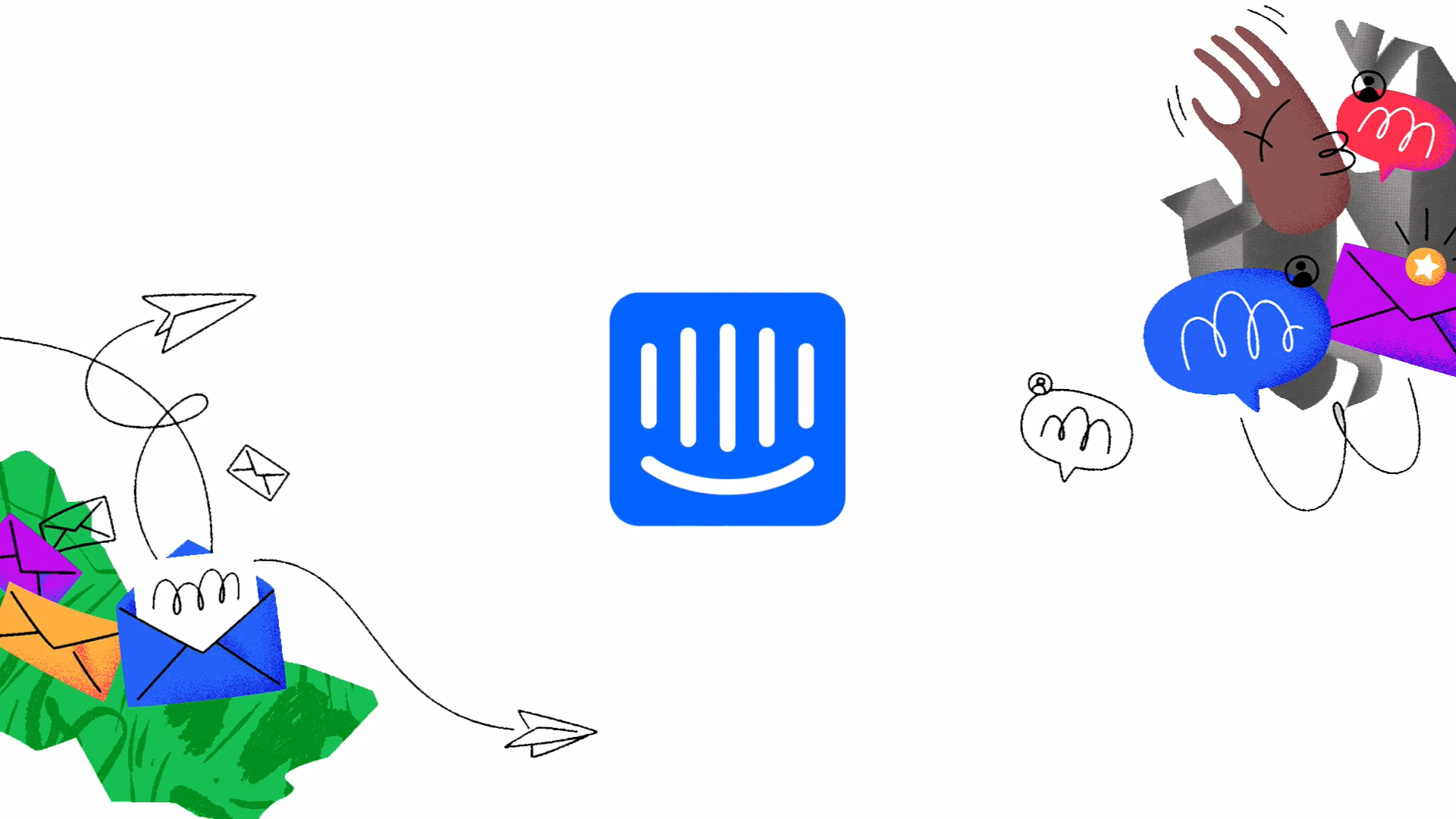The Onboarding Starter Kit
Transforming new signups into power users hinges on great onboarding. Discover how to create a powerful onboarding messaging campaign.



Great onboarding isn’t just about introducing new signups to your product or service. It’s a continual process of guiding people towards success.
In this guide, you’ll learn how to create an onboarding messaging campaign that inspires action and helps customers see ongoing value.
You’ll learn:
What a great onboarding campaign looks like.
Messaging campaigns best practices.
What messages you should be sending.
How to measure success.


